Add your promotional text...
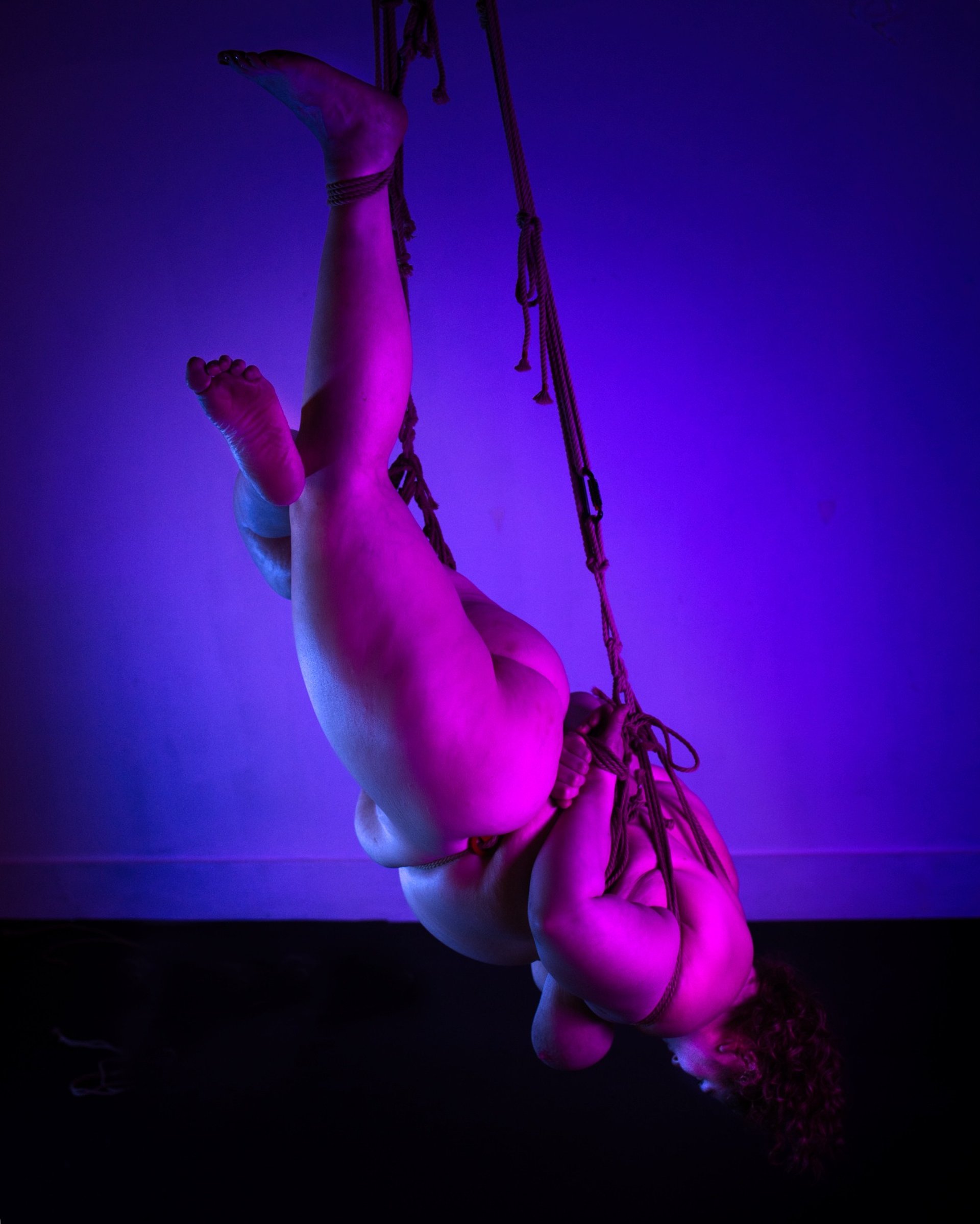
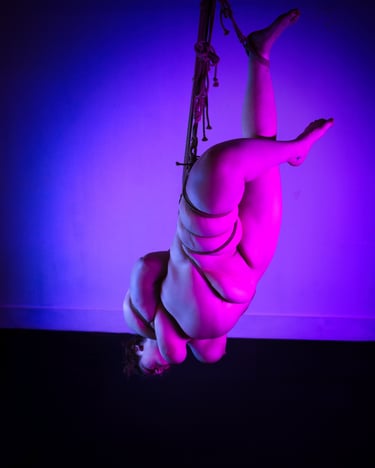
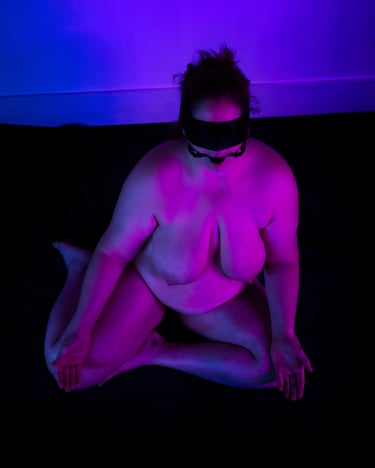
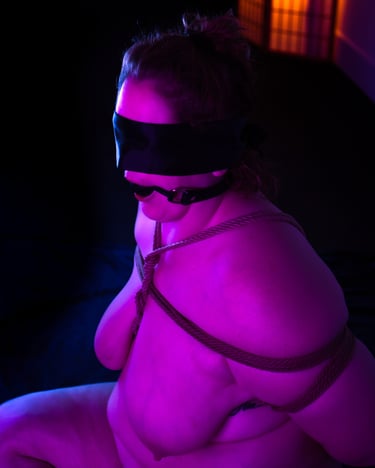
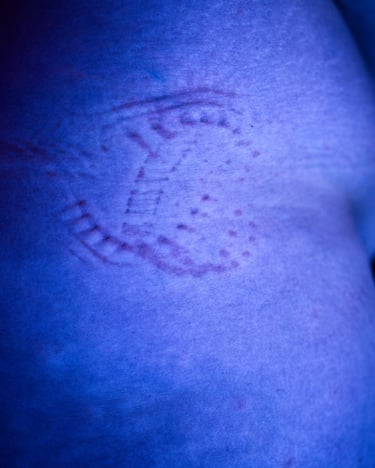

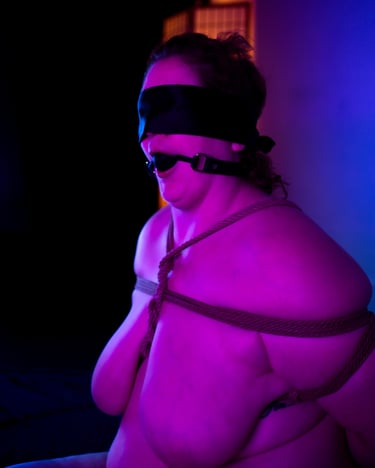
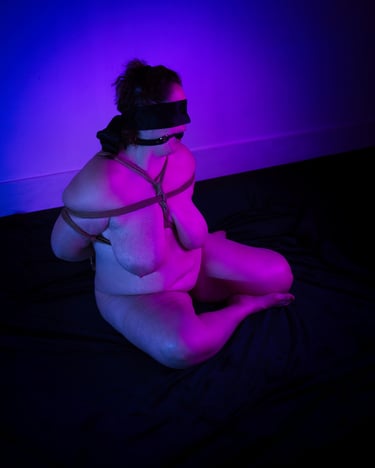
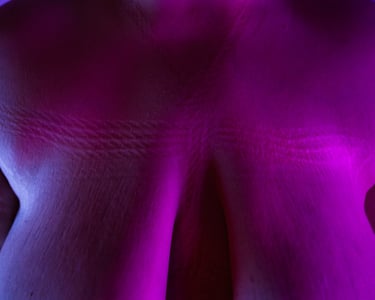








After a recent rope session, my partner for the scene said these words:
“Rope does not ask for smaller, it asks for surrender.”
This is true. Rope does not care about symmetry, size, or shape. What it asks for is honesty, a willingness to meet the moment without apology. Every body carries its own story into the rope, its own history of how it has been seen or measured. In that way, rope becomes a kind of equalizer. It speaks the same language to everyone who steps inside it, no matter what they bring.
Still, much of what we see in rope culture tells a narrower story. The images that circulate most often show a specific kind of beauty, thin, flexible, photogenic. They suggest that surrender looks best when it fits a certain frame. I have contributed to that story more than once, and I have been accused of it even more. Both are true. It is easy to fall into what the camera already rewards, the clean lines, the shapes that fit easily into light. But rope was never meant to mirror perfection. It was meant to reveal presence, to honor the person as they are. When we limit what bodies are shown in rope, we limit what rope itself can mean.
The idea of what a rope body should look like did not appear by accident. It grew out of repetition, the quiet influence of images that taught us what beauty in restraint was supposed to be. For years, most of what was visible came from the same kind of scenes, the same kind of rope models, the same kind of light. What began as aesthetic preference hardened into silent expectation. Rope became known for its form rather than its feeling.
It is easy to understand how that happened. Rope photography depends on composition, and some bodies are easier to frame within the symmetry that cameras tend to favor. What we lost in that process was the range of stories that exist outside those lines. The body that carries weight, the one that bends less but feels more deeply, the one that holds strength in its stillness rather than its flexibility. These are the bodies that remind us that rope is not decoration. It is communication.
As more people step into rope, the images are beginning to change. They are less about performance and more about presence. When we see a body that does not match what we expect and still recognize beauty in it, something shifts. Rope expands. The story widens. It becomes less about how the body looks in the tie and more about how the person feels inside it.
As a rope top, I carry the responsibility of what and who I choose to show. Every person who steps into the rope is trusting me not only with their body, but with how that body will be seen. That trust extends beyond the scene itself. It lives in the images that follow, in how others will read their strength, their stillness, their vulnerability.
I have always been selective about who I tie with. That choice is not about exclusion or appearance, but about connection. Rope only works when both people bring a steady kind of trust, when there is a calm understanding that the tie will become whatever it needs to be. Each partner brings their own way of moving, their own rhythm and weight. Some ties come easily, others take more time, but all of them are shaped by the same intention to meet one another honestly.
When I tie someone whose body carries weight differently, I have to listen more closely. I have to think about balance, where support lives, how pressure feels. The work is the same, but the dialogue deepens. Rope has a way of teaching its own lessons through every body it holds. It shows me how strength and softness can exist in the same form, how presence matters more than proportion. What stays with me is not the difference between bodies, but the shared quiet that follows when the rope has done its work and what remains is trust.
What I return to most is the idea of being seen. Rope has always been about more than shape or form. It is a way of holding someone long enough for them to stop performing and simply exist. When the person in the rope no longer worries about how they look, the scene becomes honest. In that moment, the rope stops being a mirror and becomes a kind of recognition.
Every body deserves that recognition. Every body carries its own gravity, its own way of taking up space, its own story of what it means to surrender. The work is not to make those stories look the same, but to make sure each one has room to be told. When we choose who we show in rope, we are choosing who gets to believe that they belong in it.
What stays with me from every scene is not the image or the pose, but the presence that remains after the knots are gone. Rope, at its best, does not shape the body. It reveals it. It says you are enough as you are, and you are seen.